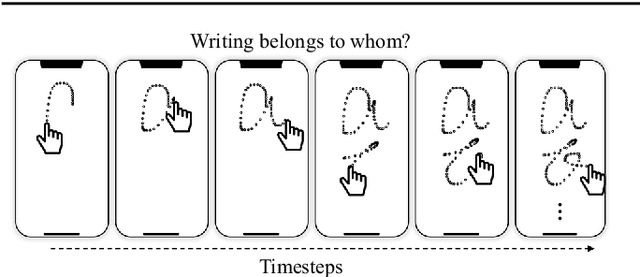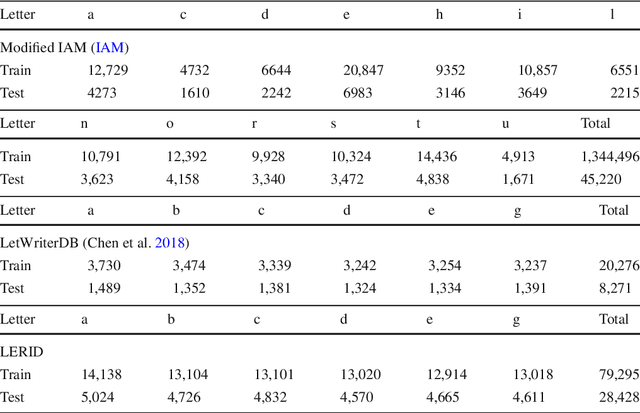Zelin Chen
Eraser: Jailbreaking Defense in Large Language Models via Unlearning Harmful Knowledge
Apr 08, 2024Abstract:Jailbreaking attacks can enable Large Language Models (LLMs) to bypass the safeguard and generate harmful content. Existing jailbreaking defense methods have failed to address the fundamental issue that harmful knowledge resides within the model, leading to potential jailbreak risks for LLMs. In this paper, we propose a novel defense method called Eraser, which mainly includes three goals: unlearning harmful knowledge, retaining general knowledge, and maintaining safety alignment. The intuition is that if an LLM forgets the specific knowledge required to answer a harmful question, it will no longer have the ability to answer harmful questions. The training of Erase does not actually require the model's own harmful knowledge, and it can benefit from unlearning general answers related to harmful queries, which means it does not need assistance from the red team. The experimental results show that Eraser can significantly reduce the jailbreaking success rate for various attacks without compromising the general capabilities of the model.
Letter-level Online Writer Identification
Dec 06, 2021



Abstract:Writer identification (writer-id), an important field in biometrics, aims to identify a writer by their handwriting. Identification in existing writer-id studies requires a complete document or text, limiting the scalability and flexibility of writer-id in realistic applications. To make the application of writer-id more practical (e.g., on mobile devices), we focus on a novel problem, letter-level online writer-id, which requires only a few trajectories of written letters as identification cues. Unlike text-\ document-based writer-id which has rich context for identification, there are much fewer clues to recognize an author from only a few single letters. A main challenge is that a person often writes a letter in different styles from time to time. We refer to this problem as the variance of online writing styles (Var-O-Styles). We address the Var-O-Styles in a capture-normalize-aggregate fashion: Firstly, we extract different features of a letter trajectory by a carefully designed multi-branch encoder, in an attempt to capture different online writing styles. Then we convert all these style features to a reference style feature domain by a novel normalization layer. Finally, we aggregate the normalized features by a hierarchical attention pooling (HAP), which fuses all the input letters with multiple writing styles into a compact feature vector. In addition, we also contribute a large-scale LEtter-level online wRiter IDentification dataset (LERID) for evaluation. Extensive comparative experiments demonstrate the effectiveness of the proposed framework.
 Add to Chrome
Add to Chrome Add to Firefox
Add to Firefox Add to Edge
Add to Edge